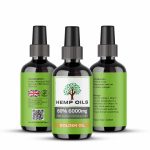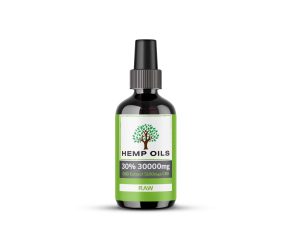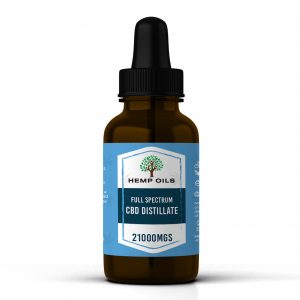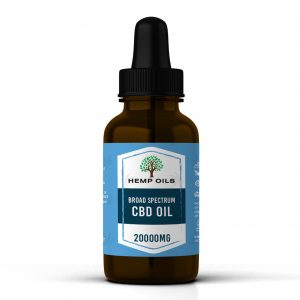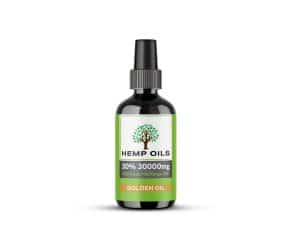What is Hemp Oil and Its Benefits? ===
Hemp oil, derived from the seeds of the hemp plant (Cannabis sativa), has gained significant popularity in recent years due to its numerous health benefits. Unlike CBD oil, which is extracted from the flowers and leaves of the hemp plant, hemp oil is primarily derived from the seeds and contains little to no THC, the psychoactive compound found in marijuana. It has a rich profile of essential fatty acids, vitamins, and minerals, making it a valuable addition to a healthy lifestyle. In this article, we will explore the step-by-step process of extracting hemp oil from hemp plants, the techniques and methods used for processing and refining, and the best practices for storing and using hemp oil.
=== Step-by-Step Guide: Extracting Hemp Oil from Hemp Plants ===
-
Cultivation and Harvesting:
To begin the hemp oil extraction process, it is essential to cultivate healthy and high-quality hemp plants. Hemp plants thrive in a well-drained soil with a pH level of 6-7, and they require sufficient sunlight and water. Once the plants reach maturity, typically after 12-16 weeks, they are harvested by cutting the stalks close to the ground. -
Seed Cleaning and Drying:
After harvesting, the hemp plants are transported to a facility where the seeds are separated from the stalks and leaves. This is achieved through a process called "winnowing," which involves using air or mechanical methods to blow away any unwanted plant material. The clean seeds are then dried thoroughly to reduce the moisture content, typically using a combination of air drying and dehumidification. -
Seed Crushing and Cold-Pressing:
Once the seeds are dried, they are crushed and ground into a fine powder. This powder is then subjected to a cold-pressing technique, where pressure is applied to extract the oil from the seeds. The cold-pressing method helps retain the oil’s natural properties and preserves its nutritional value. -
Filtration and Decanting:
After the cold-pressing process, the extracted oil is filtered to remove any remaining solid particles or impurities. Filtration methods such as gravity filtration or mechanical filtration can be used for this purpose. Once the oil is clarified, it is left undisturbed in a container to allow the sediment to settle at the bottom. This process, known as decanting, helps separate the clear oil from any remaining impurities. -
Optional Refinement:
Depending on the desired end product, additional refinement steps may be taken. These may include processes like degumming, neutralization, or bleaching to improve the oil’s color, taste, and stability. However, it is important to note that these additional steps may alter the oil’s natural composition and remove some of its beneficial compounds.
=== Processing and Refining Hemp Oil: Techniques and Methods ===
The processing and refining of hemp oil involve several techniques and methods to ensure its quality and purity. Some common methods include:
-
Supercritical CO2 Extraction:
This method utilizes carbon dioxide under high pressure and temperature to extract the oil from hemp plant material. Supercritical CO2 extraction is considered one of the cleanest and most efficient methods, as it leaves behind no solvent residue and preserves a wide range of beneficial compounds. -
Solvent Extraction:
Solvent extraction involves using a solvent, such as ethanol or hexane, to dissolve the oil from the hemp plant material. This method is generally less expensive than CO2 extraction but may leave behind residual solvents, making thorough purification necessary. -
Distillation:
Distillation is a technique commonly used to further refine hemp oil. By subjecting the crude oil to heat and vacuum, different compounds can be separated based on their boiling points, allowing for the isolation of specific components. This process helps enhance the oil’s purity and concentration of desired compounds.
=== Storage and Usage: Preserving the Quality of Hemp Oil ===
Proper storage and usage of hemp oil are crucial to maintain its freshness and maximize its shelf life. Here are some important guidelines to follow:
-
Store in a Cool, Dark Place:
Hemp oil should be stored in a cool, dark place away from direct sunlight and heat sources. Exposure to light and heat can degrade the oil and reduce its nutritional value. -
Use Airtight Containers:
To prevent oxidation and maintain the oil’s freshness, it is best to store hemp oil in airtight containers. This helps minimize contact with air and moisture, which can cause rancidity. -
Avoid Excessive Heat:
Hemp oil should not be exposed to high temperatures, as this can lead to the breakdown of its beneficial compounds. It is advisable to keep the oil away from stovetops or other sources of heat. -
Check for Rancidity:
Over time, hemp oil may become rancid, resulting in a foul smell and taste. Before usage, it is important to check for any signs of rancidity and discard the oil if it has gone bad. -
Use within recommended time:
While hemp oil can have a relatively long shelf life, it is best to use it within the recommended time frame mentioned on the product label. This ensures optimal freshness and potency.
===
Hemp oil extraction involves a meticulous process that aims to retain the oil’s natural properties and nutritional benefits. By following appropriate extraction, processing, and storage techniques, the quality and effectiveness of hemp oil can be preserved. With its plethora of essential fatty acids, vitamins, and minerals, hemp oil continues to be a versatile and valuable addition to various health and wellness routines. Remember to consult with a healthcare professional before incorporating hemp oil into your daily regimen for personalized advice and guidance.
